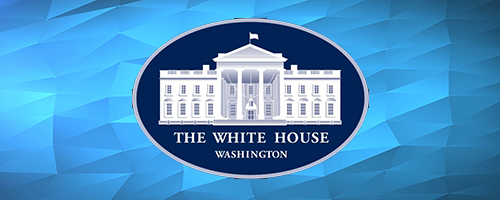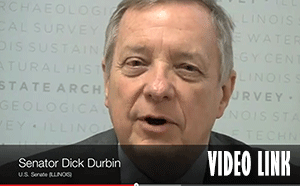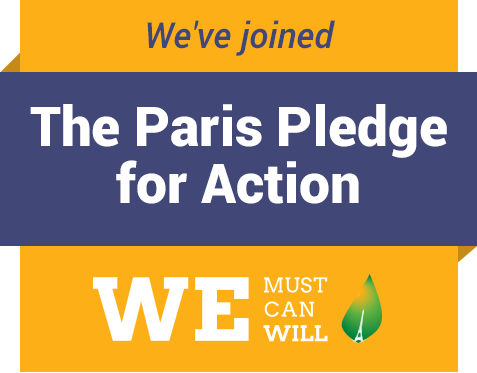
ISTC NEWS
Pairing of Waste Processing and Algae Farming Offers ‘Clean’ Energy
CHAMPAIGN, Ill. — “Mr. Sewer” is a multi-stage waste-to-biofuel production system under development by ISTC which can extract 100 percent of energy from a wide variety of wastes.
No, it’s not the fabled perpetual motion machine, it combines hydrothermal liquefaction of wastes with algae farming, which captures additional energy from the sun.
The best news is it can use a variety of energy-rich materials that are now landfilled. According to Lance Schideman, research scientist at the Illinois Sustainable Technology Center, the optimal location for the Mr. Sewer system is close to a sanitary landfill, a wastewater treatment plant, or both. A video on the energy research is available here.
Sewage solids, food wastes, even waste paper are all rich in energy content. This system can remove both organics and nutrients in these sources and turn them into renewable energy resources. Processing of wastewaters is combined with algae farming in a way that amplifies the energy production while cleaning the water for potential reuse applications. The nutrients support algal growth and the algae are then harvested for use in biofuels.
Amplified by the sun’s energy and multi-cycle nutrient reuse, an optimized system can harvest three to ten times the energy contained in the wastewater.
Calculations based on a commercial-scale demonstration plant on the University of Illinois campus indicate the technology is well-suited to generate fuel/revenue from wastes at the scale of a small city, a military installation, or a large animal feeding operation.
Theoretically Mr. Sewer, applied to all U.S. wastewater treatment plants and livestock operations, could produce enough bio-energy to replace all current petroleum imports, according to Schideman.
Today the commercial-scale plant is being optimized and a mobile version of the system is being developed.






 ISTC and the Illinois-Indiana Sea Grant will be hosting a teacher workshop on pharmaceuticals and personal care products (PPCPs) in the environment. PPCPs encompass thousands of chemicals found in fragrances, cosmetics, over-the-counter drugs, and human and veterinary medicines. The U.S. EPA has identified PPCPs as emerging contaminants of concern because little is known about their impacts on ecosystems or risks to human health when they are released into the environment.
ISTC and the Illinois-Indiana Sea Grant will be hosting a teacher workshop on pharmaceuticals and personal care products (PPCPs) in the environment. PPCPs encompass thousands of chemicals found in fragrances, cosmetics, over-the-counter drugs, and human and veterinary medicines. The U.S. EPA has identified PPCPs as emerging contaminants of concern because little is known about their impacts on ecosystems or risks to human health when they are released into the environment.



 Registration is now open for the 2016
Registration is now open for the 2016 
